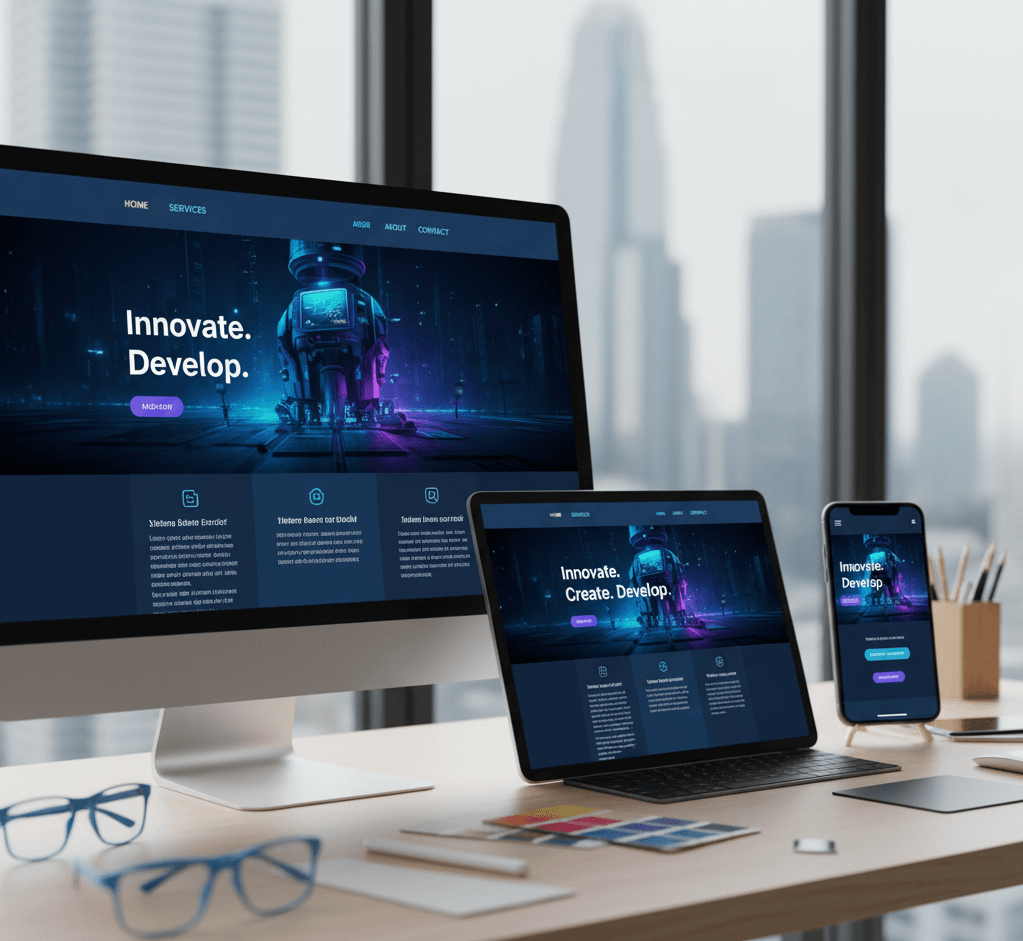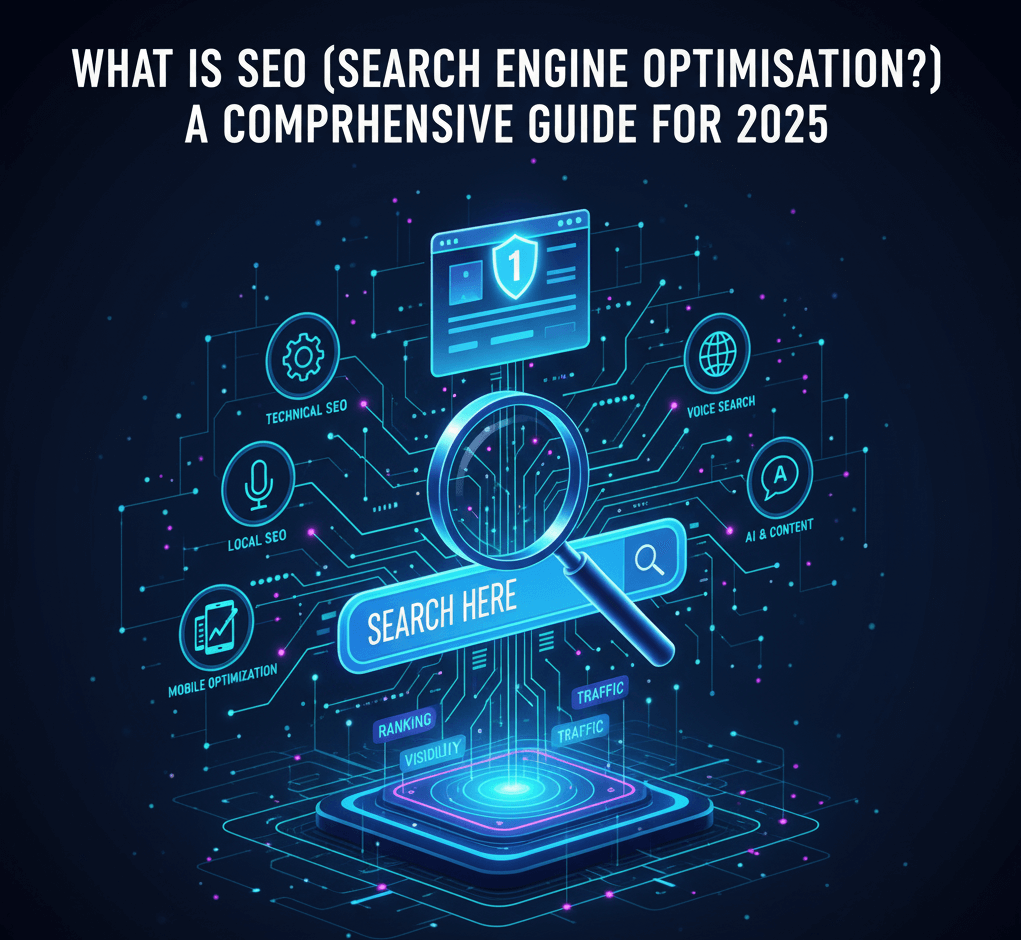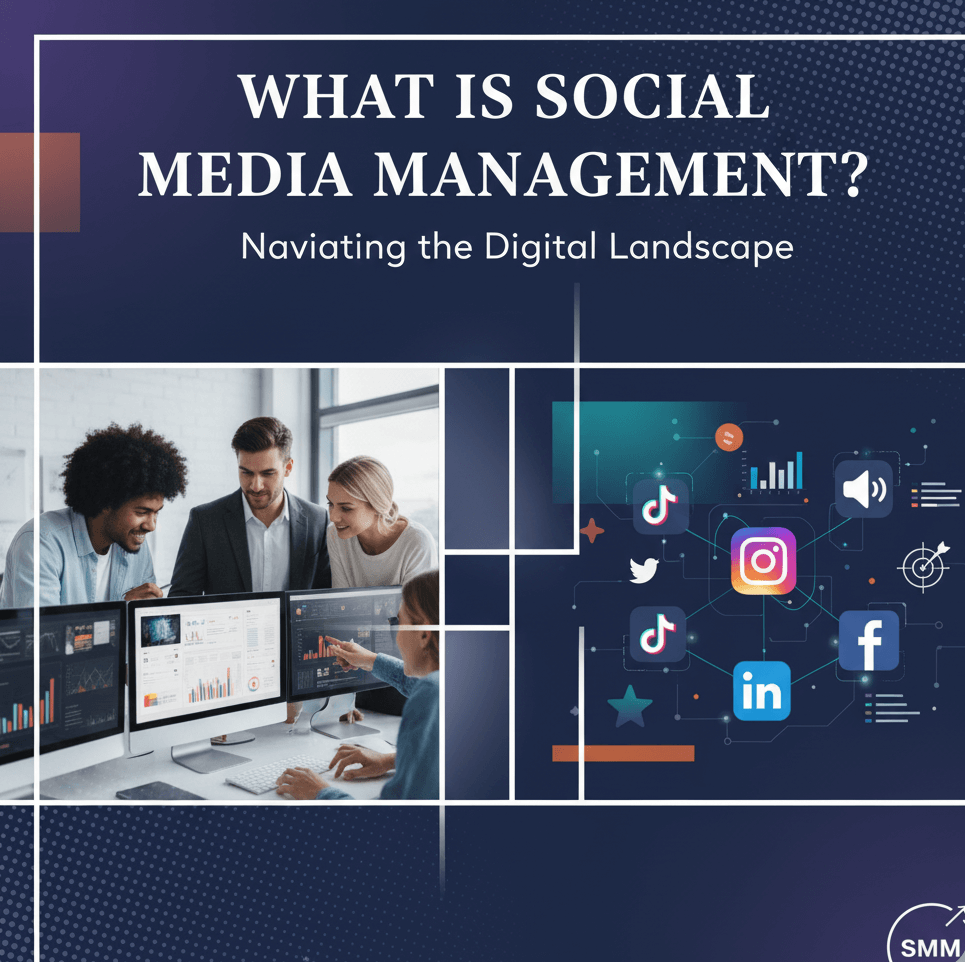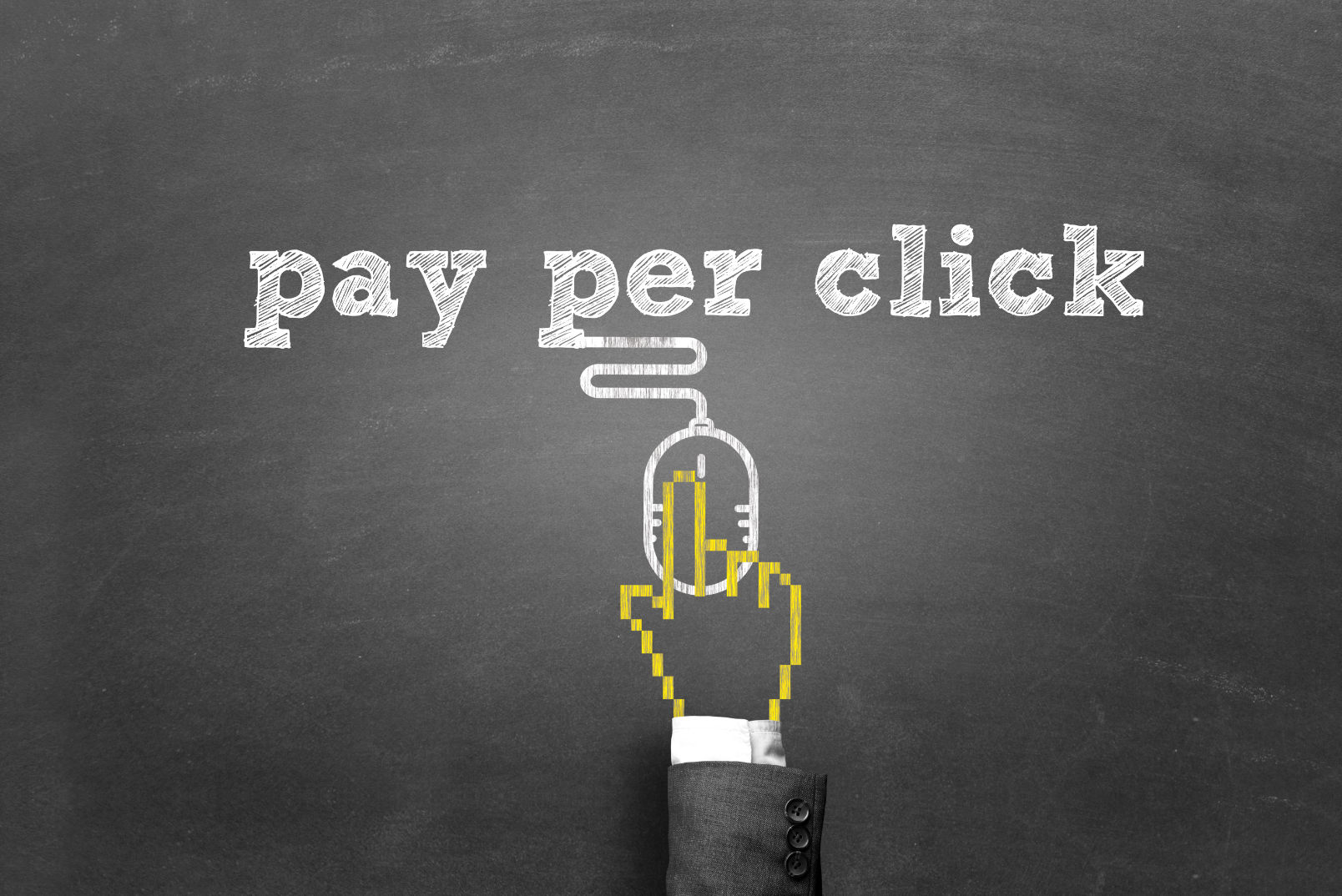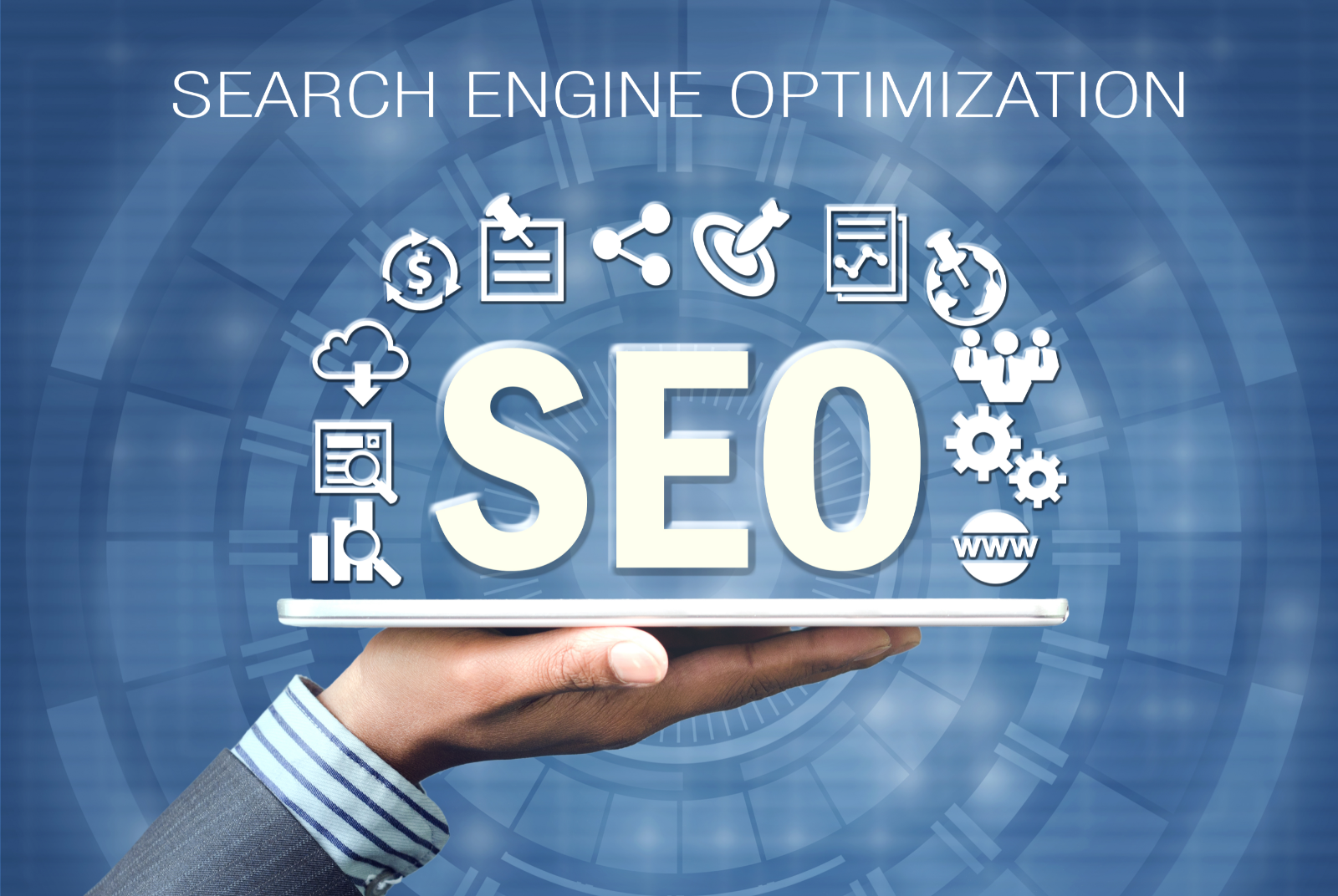Did you know that 94% of first impressions of a website are design-related, significantly impacting user trust and business credibility, according to industry insights?
Key Areas We Will Cover
- The core definitions of website design and development
- Key differences between design and development
- Why they are essential for businesses in the digital era
- Major components, including elements and processes
- Step-by-step guide to the website creation process
- Popular tools and technologies
- Essential skills and how to get started
- Best practices for effective results
- Common challenges and solutions
- Emerging trends shaping 2025
In today’s digital landscape, website design and development form the cornerstone of an online presence, blending creativity with technical expertise to create functional, engaging sites. This guide unpacks what website design and development entail, their importance for driving user engagement and business growth, and how to navigate this field effectively. Whether you are a business owner seeking to enhance your site or an aspiring professional, you will find practical insights to build or optimise your digital footprint.
The Definition of Website Design and Development
Website design focuses on the visual and user experience aspects of a site, encompassing layout, colour schemes, typography, and navigation to ensure an intuitive interface. It prioritises aesthetics and usability, making sure the site appeals to users while aligning with brand identity.
Website development, on the other hand, involves the technical construction, using code to bring designs to life. This includes front-end elements visible to users and back-end systems handling data, security, and functionality. Together, they create seamless websites that not only look great but perform efficiently.
Key Differences Between Website Design and Development
While often intertwined, design and development serve distinct roles.
Design is about planning the site’s appearance and feel, including user interface (UI) and user experience (UX), wireframes, and prototypes. It emphasises creativity and user-centric decisions.
Development translates these into code, with front-end focusing on client-side interactions using HTML, CSS, and JavaScript, and back-end managing server-side logic, databases, and APIs. Developers ensure functionality, speed, and cross-device compatibility.
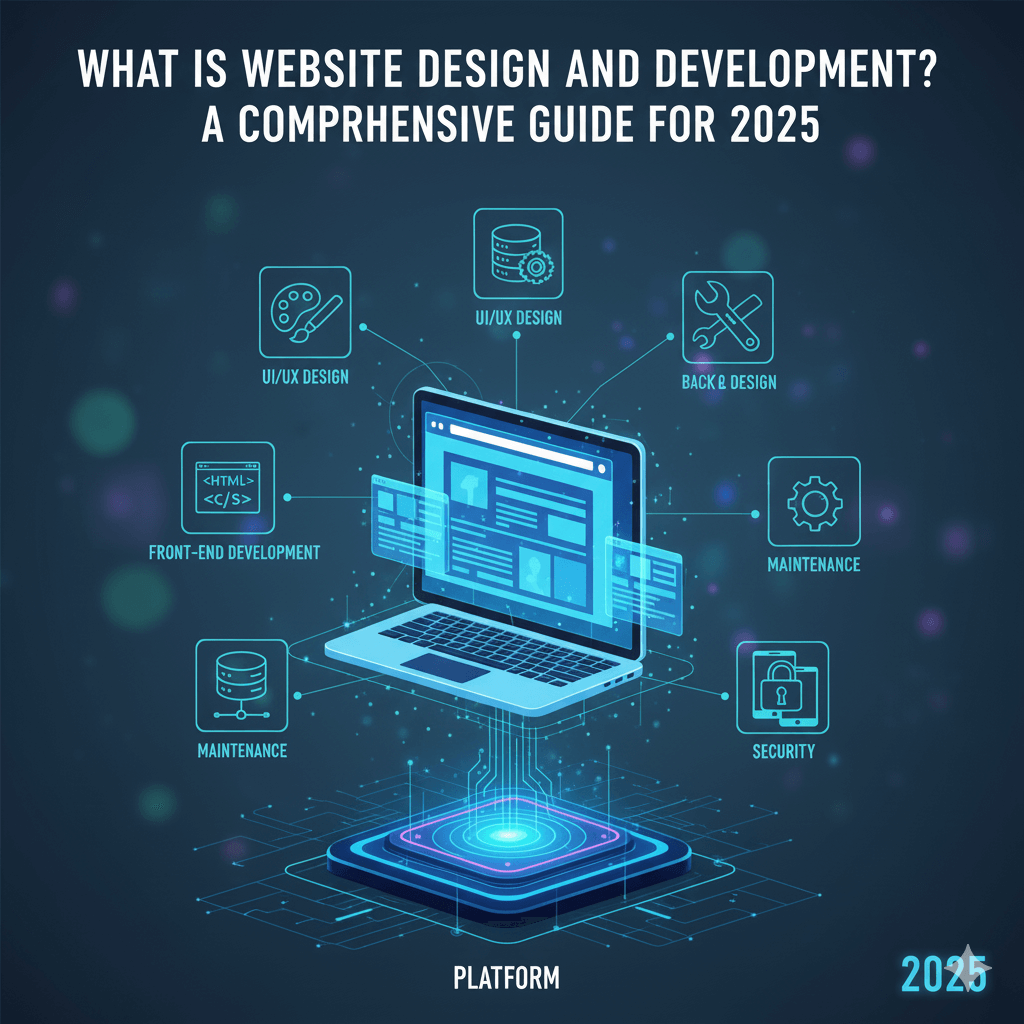
Why Website Design and Development Matter in 2025
A well-crafted website boosts credibility, with users forming opinions in seconds based on design. It drives traffic, improves SEO rankings, and enhances conversions, directly impacting revenue.
In 2025, with over 5 billion internet users, neglecting these aspects risks losing audience to competitors. Effective design and development foster loyalty, accessibility, and adaptability to trends like mobile-first experiences.
Key Components of Website Design and Development
Design Components
- Layout and navigation: Using grids and intuitive menus for easy browsing.
- Visual elements: Colours, fonts, images, and animations to engage users.
- Responsiveness: Ensuring adaptability across devices with fluid designs.
Development Components
- Front-end: HTML for structure, CSS for styling, JavaScript for interactivity.
- Back-end: Servers, databases (e.g., SQL), and languages like Python or PHP.
- Integration: APIs, security features, and performance optimisation.
The Website Creation Process Step by Step
- Planning: Define goals, audience, and sitemap.
- Design: Create wireframes, mockups, and prototypes.
- Development: Code front-end and back-end, integrate features.
- Testing: Check for bugs, usability, and compatibility.
- Launch: Deploy the site and monitor performance.
- Maintenance: Update content, fix issues, and optimise.
Popular Tools and Technologies
For design: Figma for prototyping, Adobe Photoshop for graphics, WordPress for CMS.
For development: VS Code editor, Git for version control, frameworks like React (front-end) and Node.js (back-end).
These tools streamline collaboration and efficiency.
Essential Skills and How to Get Started
Key skills include graphic design and UI/UX for designers, coding and problem-solving for developers. Soft skills like communication and adaptability are crucial.
Start with online courses on platforms like Coursera, build a portfolio through personal projects, and gain experience via freelancing or internships.
Best Practices for Effective Results
Prioritise mobile-first design, accessibility (e.g., alt text, contrast), and SEO integration. Use clean code, optimise for speed, and focus on user feedback for iterations. Ensure security with HTTPS and regular updates.
Common Challenges and Solutions
Challenges include keeping up with trends, ensuring cross-browser compatibility, and managing budgets. Solutions: Stay informed via resources like Smashing Magazine, use testing tools, and adopt agile methodologies.
Emerging Trends in Website Design and Development for 2025
AI-driven tools for automation, progressive web apps (PWAs) for app-like experiences, voice UI, AR/VR integration, and emphasis on sustainability (e.g., green hosting). Serverless architectures and enhanced privacy features will dominate.
Conclusion
Website design and development combine artistry and engineering to craft impactful online experiences, essential for visibility, engagement, and growth. By understanding their components, processes, and trends, you can create sites that stand out in a crowded digital space.
Ready to Enhance Your Website?
Discover how Be More Social UK can deliver custom website design and development services tailored to your business. From concept to launch, our experts ensure stunning, functional results. Visit our site today or contact us for a personalised consultation.
Frequently Asked Questions About Website Design and Development
Navigating website design and development can raise various queries, especially for those new to the field. Below, we address some common ones to provide clarity and guidance.
Design handles visuals and user experience, while development focuses on coding and functionality.
Typically 4-12 weeks, depending on complexity, with custom sites taking longer.
Design requires creativity and tools like Figma; development needs coding proficiency in HTML, CSS, and more.
Yes, it enhances credibility, SEO, and customer reach without needing large budgets.

